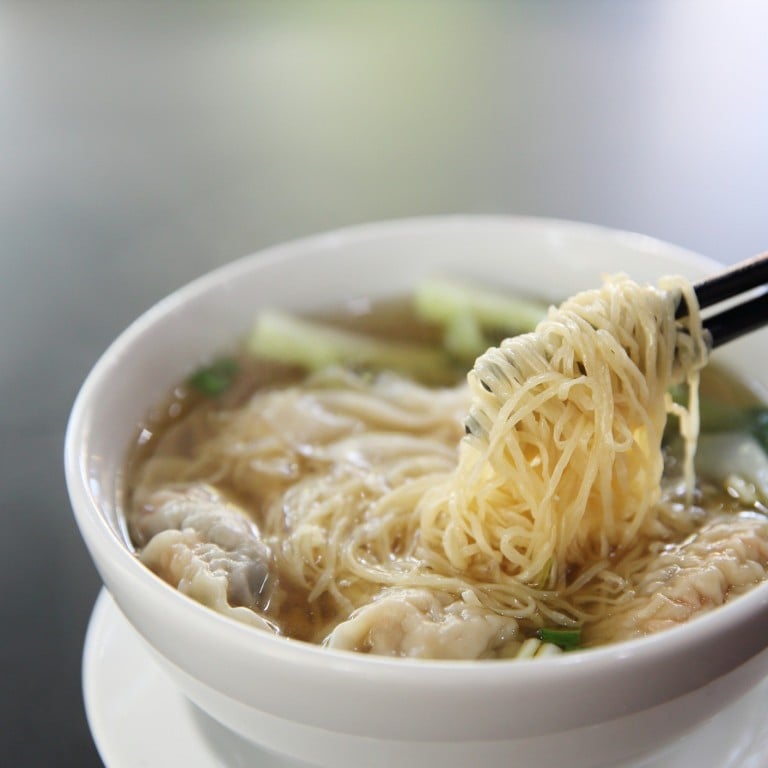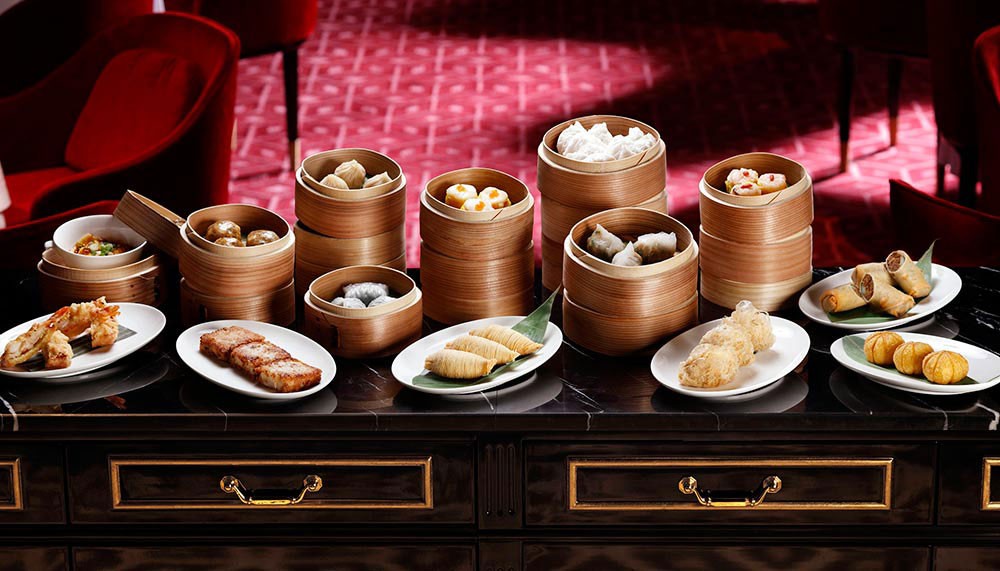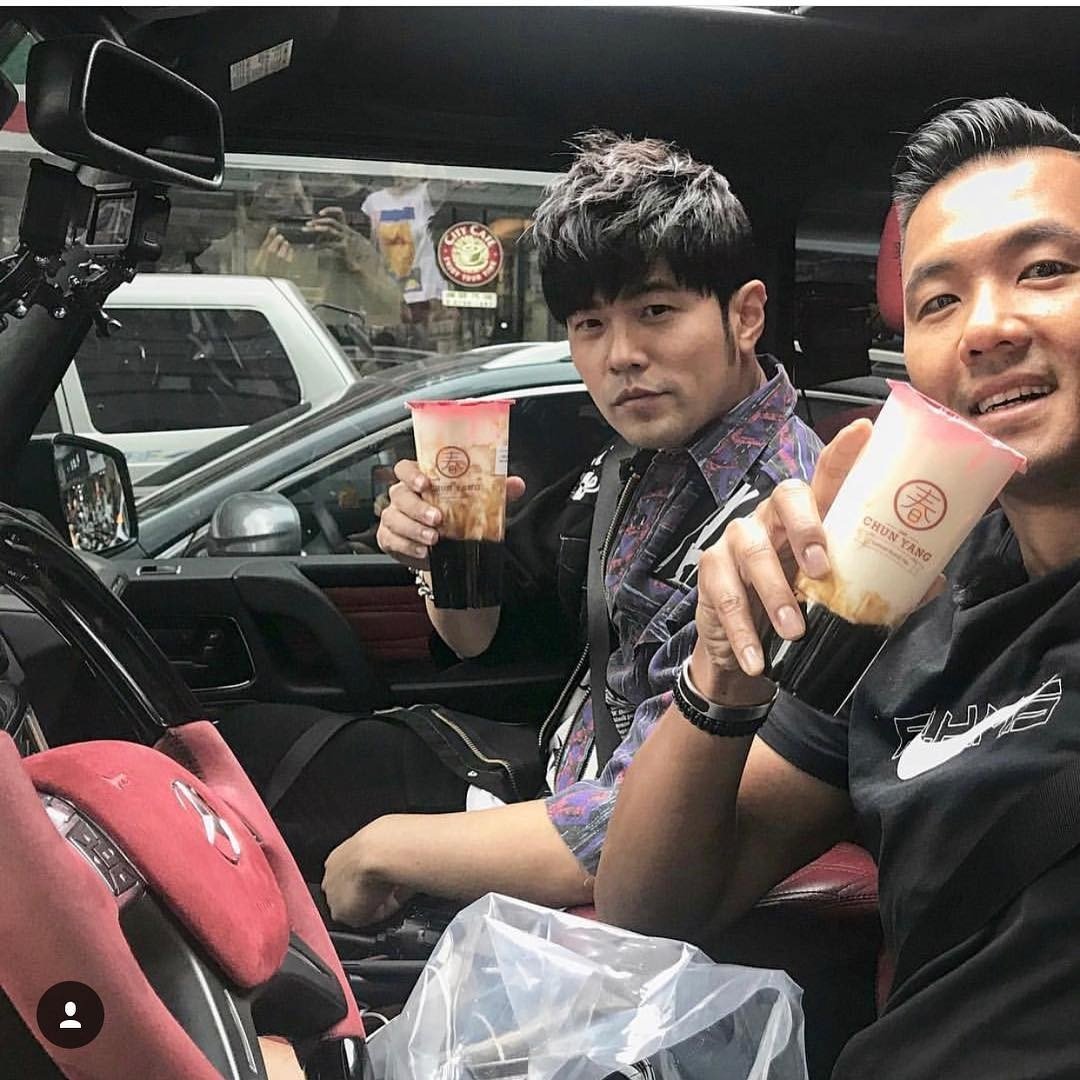How does Hong Kong’s version of wonton noodles compare with Singapore’s or Malaysia’s?

Iconic dish holds special place in the hearts of many Chinese people, who consider it the ultimate comfort food
If chicken soup is food for the soul, then wonton noodles is food for the heart.
Wonton are called húntún (馄饨) in Mandarin, which means “chaos”, or wonton (雲吞), or wonton (雲吞) in Cantonese, which means “swallowing cloud” – a nod to the ethereal-like wonton tail, and because the wonton can appear to be floating. The English “wonton” is thought to be derived from the Cantonese.
Wonton dumplings, lumpy and wrinkled, contain the basic elements for life. They float across a primordial sea waiting for their sacrificial and consumptive contribution to the contrition of the human world of alimentation
This iconic Cantonese cuisine dish holds a special place in the hearts of many people, who consider it the ultimate comfort food. Fans, authors, auteurs, chefs and even scholars wax lyrically when referring the dish.
It features, for example, in one of cinema’s greatest love stories, Wong Kar-wai’s masterpiece, In the Mood for Love. It’s a film in which most communication is done through body language, including a close up of actor Tony Leung’s character eating wonton, where the camera lingers on every bite.
Despite the love that Hong Kong people have for the dish it has been available in the city only since the early 1940s. Wonton noodles originated in the southern Chinese city of Guangzhou during the Qing dynasty (1644–1911) and were introduced to Hong Kong by the Guangzhou wonton legend Mak Woon-chi, who went on to open the famous Mak’s Noodle.
Regional differences
Yet the love of the dish is not confined to Hong Kong, with people in Malaysia and Singapore also enamoured by it.
When making wonton noodles … everything needs to be in harmony, from the size of the wonton relative to the bowl, to the complementary harmony between the broth, wonton and noodles
In Hong Kong, the quintessential version consists of wonton (sometimes just shrimp, or shrimp and pork) and blanched noodles served in a fragrant broth that complements rather than overpowers. The dish is often garnished with a leafy Chinese vegetable like gai lan or choi sum.







